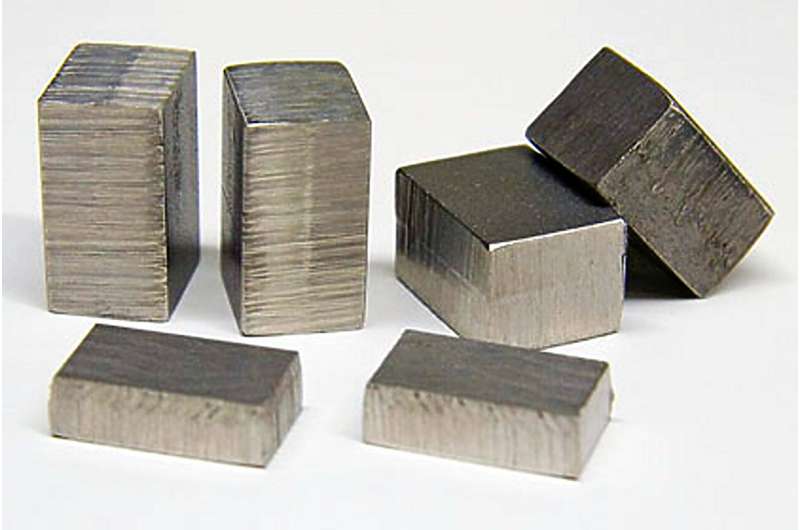Phys.org July 31, 2023
The low thermal expansion of Fe–Ni Invar has long been associated with magnetism, but to date, the microscopic underpinnings of the Invar behaviour have eluded both theory and experiment. An international team of researchers (USA – Caltech, Boston College, Argonne National Laboratory, Israel) applied thermodynamic Maxwell relation to nuclear resonant X-ray scattering measurements of the phonon and magnetic entropies under pressure to obtain the separate phonon and magnetic contributions to thermal expansion. They found that the Invar behaviour stems from a competition between phonons and spins. In particular, the phonon contribution to thermal expansion cancelled the magnetic contribution over the 0–3 GPa pressure range of Invar behaviour. At pressures above 3 GPa, the cancellation was lost, but their analysis reproduced the positive thermal expansion measured separately by synchrotron X-ray diffractometry. Ab initio calculations informed by experimental data showed that spin–phonon interactions improve the accuracy of this cancellation over the range of Invar behaviour. Spin–phonon interactions also explained how different phonon modes have different energy shifts with pressure… read more. TECHNICAL ARTICLE

Samples of invar alloy. Credit: California Institute of Technology